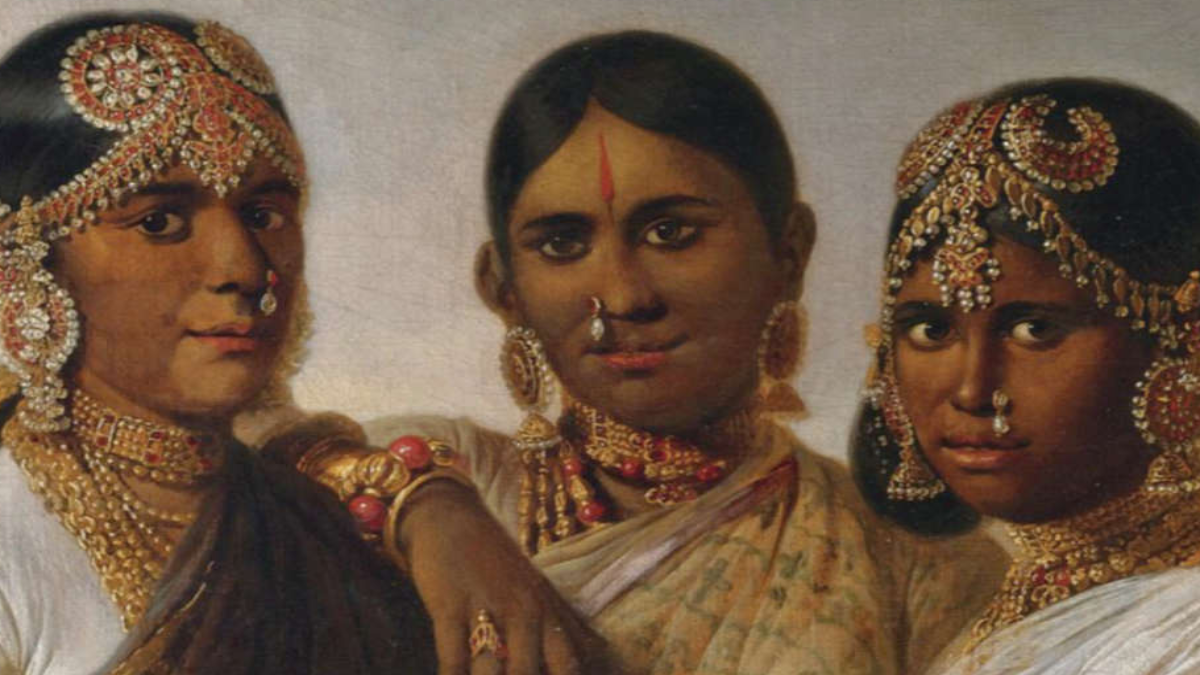
Vaccines are making headlines today as the nation grapples with the tsunami of Covid-19 infections. The media is full of images of serpentine queues of people seeking protection from the killer disease with vaccination.
It is in this light that we share a very rare image of a painting from the royal Indian archives, now in possession of Sotheby’s. It depicts Devajammani, a Wadeyar queen, posing to popularise the small pox vaccine, a disease that had devastated British India. The young bride of the newly crowned Krishnaraja Wadiyar III of Mysore (they were both 12 years of age). It was a portrait commissioned to Irish artist Thomas Hickey by the East India Company, for publicising the need to get vaccinated.
It was just six years since Edward Jenner, an English doctor, had discovered the cure for small pox and the vaccine was met by great suspicion and resistance in India. Hence, Devajammani was shown with the utmost grace exposing her left arm as a symbol of having taken the vaccine. The pallu pulled away to show an embellished blouse, rare for a royal of that era.
The portrait, an arresting rendition in oil on canvas, was last offered for sale via the Sotheby’s auction house in 2007. Dr Chancellor, a historian from Cambridge, who established the vintage quality of this piece of art for Sotheby’s, shared that the sari would have typically covered her left arm, but it was left exposed so she could point to where she had been vaccinated “with a minimum loss of dignity”.
The woman on the left, he believes, is the king›s first wife, also named Devajammani. The marked discoloration under her nose and around her mouth is consistent with controlled exposure to the smallpox virus, Dr Chancellor said.